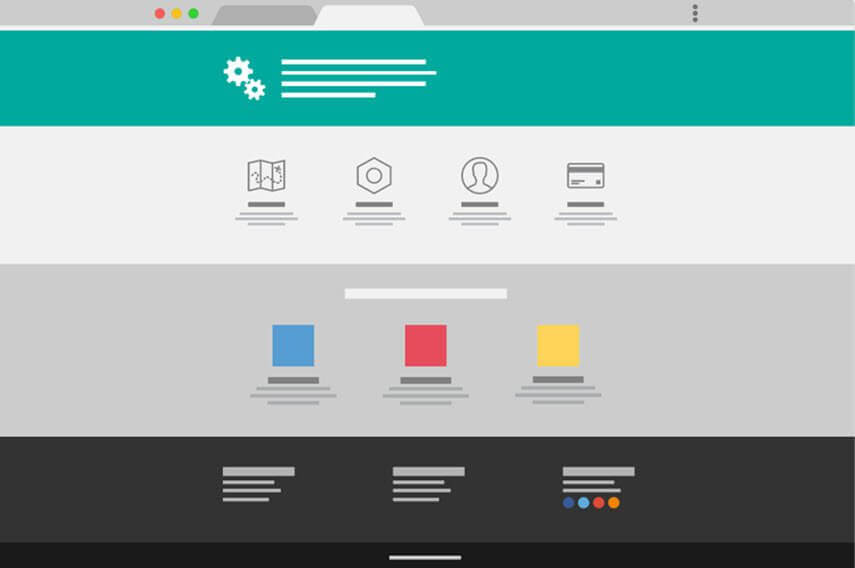Information architecture is the science of organizing or structuring the content in a readable manner. Just before designing a house, an architect gives it a definite structure to plan and implement all the changes related to that house, the same way, information architect aligns all the data in a structured manner before allowing the readers for further evaluation.
A User Experience as the User Design (UX) could be described as how the person feels towards a product or service. The UX designer ensures that the entire requirements efficiently implemented from the construction to the designing phase to the overall development phase of user experience.
The integration of Information Architecture for UX Designers is the foundation of creating an effective and valuable User experience. The basic challenge is to highlight the information structure similar to the design to develop a basic understanding of the end-users.
This manual provides a stepwise user-guide on how to integrate Information architecture in UX.
1. Conduct Research
An Information Architect and UX designers should work in coordination as a team to develop an understanding about the general picture of the business goals to consider which elements are important in terms of content and design that defines the product strategy in an efficient manner.
The IA experts should consider collecting information on various factors related to the product by conducting user research and then work with the design team to build similar techniques which could enhance the overall user experience.
2. Work backward
A compelling Information Architecture could not be possible without keeping the end-user in mind. To generate what factors affect the users, it’s necessary to work backward i.e. to know about the user preferences first by creating a visual perception and then work forward.
One of the main elements of IA includes cognitive psychology which is the study of how a human works under different circumstances. By applying the principles of cognitive psychology, designers and IA architects can dive deeper to collect powerful insights about the users and consider implementing them while designing a website or an application.
3. Plan an effective Navigation system
A defined navigation system supports IA to extract information in the best manner and also helps the designers to reflect upon the product related information.
4. Form a visual hierarchy
The formation of visual hierarchy enables the designers to prioritize content for their users. It helps the users or the readers to focus on the needed information by adjusting the content with necessary alignment and to distinguish the physical elements of the content by color, style, size or contrast.
5. Scanning patterns
The readability of the users depends on how convincing the content is in terms of creating a mutual self-interest for its readers. Therefore, scanning patterns could help the designers to know about certain user characteristics and their expectations in providing the desired information.
Conclusion
The integration of IA in UX plays a significant role in organizing the content structure and enhancing the overall visual performance of the content. It helps in generating an ultimate user experience by aligning the information with the business strategy.

























Leave a Reply